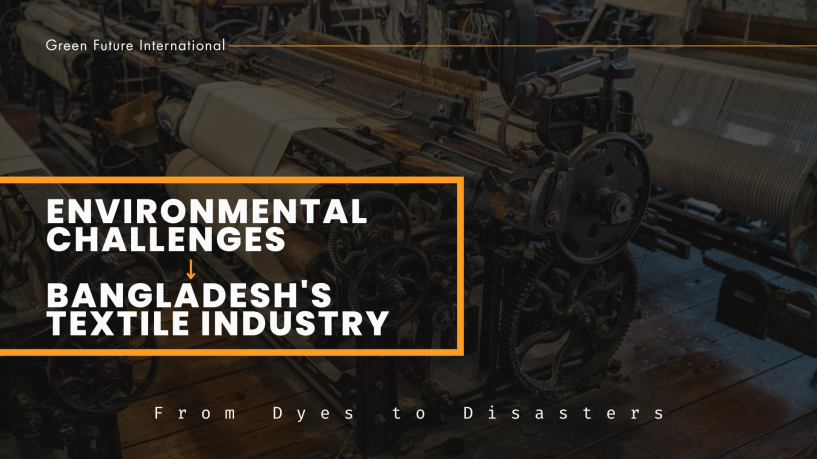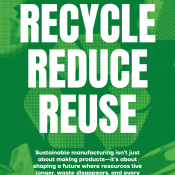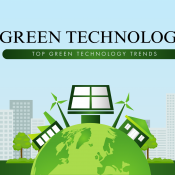Environmental Challenges Facing Bangladesh’s Textile Industry

Bangladesh, one of the world’s leading exporters of garments and textiles, has carved a strong position in the global fashion market. However, this growth comes at a cost — especially to the environment. The textile industry in Bangladesh faces several environmental challenges, from water pollution and waste generation to energy overuse and air contamination.
In this blog, we’ll explore the major environmental issues in Bangladesh’s textile industry, their causes, the long-term implications, and how sustainable solutions — like those offered by eco consultancies such as Green Future International — can help pave the way for a greener future.
1. Water Pollution: A Looming Crisis
One of the most pressing challenges is industrial water pollution. Bangladesh’s textile industry is heavily water-intensive. Wet processing, dyeing, and washing units discharge millions of liters of untreated or poorly treated wastewater directly into nearby water bodies every day.
Key Problems:
- Use of toxic dyes, heavy metals, and chemicals (such as azo dyes, sulfur, and chromium).
- Lack of properly functioning Effluent Treatment Plants (ETPs).
- Non-compliance with wastewater discharge standards.
- Contamination of rivers like the Buriganga, Turag, and Shitalakhya.
The consequences? Aquatic life suffers, groundwater becomes unsafe, and communities living near these rivers experience increased health problems. A properly designed and maintained ETP system, such as those offered by Green Future International, is critical to mitigating these impacts.
2. Solid Waste Management: An Overlooked Crisis
In addition to liquid waste, the textile industry also generates large amounts of solid waste, including:
- Textile scraps and cuttings.
- Sludge from ETPs.
- Packaging materials.
- Non-biodegradable chemicals.
Unfortunately, most factories in Bangladesh lack proper waste segregation and recycling systems. Much of this waste ends up in landfills or open areas, contributing to soil degradation and air pollution.
Sustainable Solution:
- Implementing waste segregation, recycling, and composting programs.
- Setting up partnerships with eco consultancy firms like Green Future International to design sustainable waste management systems.
3. Air Pollution and GHG Emissions
Bangladesh’s textile industry contributes significantly to greenhouse gas (GHG) emissions through:
- Burning of fossil fuels (coal, gas, furnace oil) in boilers.
- Use of diesel generators.
- Emission of Volatile Organic Compounds (VOCs) during printing and finishing.
The lack of air filtration systems means that factory workers are exposed to harmful airborne pollutants, and nearby communities suffer respiratory issues.
What Can Be Done:
- Switching to cleaner energy sources, such as solar or bioenergy.
- Installing air emission control systems.
- Energy audits and carbon footprint assessments, such as those conducted by sustainability consultants at Green Future International.
4. Chemical Use and Unsafe Handling
Dyes, bleaches, softeners, and fixers used in textile processes are often hazardous to both health and the environment. Common chemicals include:
- Formaldehyde
- Sodium hypochlorite
- Heavy metal-based dyes
Key Concerns:
- Unsafe storage and disposal.
- Lack of training for factory staff on handling hazardous materials.
- Chemical run-off entering water bodies.
A Material Safety Data Sheet (MSDS) culture is often missing in smaller factories. Chemical Risk Assessments, training, and safe disposal systems are essential — and can be facilitated by experienced environmental firms like Green Future International.
5. Energy Consumption & Carbon Footprint
The textile industry is energy-hungry, particularly during:
- Steam generation
- Heating and drying
- Machinery operation
This dependence on non-renewable energy drives up operational costs and emissions.
The Way Forward:
- Conducting energy efficiency audits.
- Introducing green building designs (natural ventilation, LED lighting, solar panels).
- Encouraging LEED certification for textile factories.
Organizations like Green Future International offer environmental impact assessments (EIA) that guide industries toward more energy-efficient practices.
6. Climate Change Vulnerability
Ironically, while contributing to climate change, Bangladesh’s textile industry is also vulnerable to its impacts. Rising temperatures, flooding, and erratic rainfall affect:
- Factory operations and logistics.
- Supply chain disruptions.
- Worker health and safety.
A climate-resilient textile industry must plan ahead — adopting sustainable infrastructure, wastewater reuse, green supply chains, and low-carbon technologies.
7. Lack of Compliance and Weak Governance
Despite having environmental laws like the Environmental Conservation Act (1995) and rules for ETP compliance, enforcement is weak.
Reasons:
- Corruption and lack of monitoring.
- Limited capacity of DoE (Department of Environment).
- Factories operating without environmental clearance certificates.
To ensure compliance:
- Regular environmental audits must be conducted.
- Third-party agencies like Green Future International can help industries align with national and international environmental standards such as ISO 14001 or ZDHC (Zero Discharge of Hazardous Chemicals).
8. Worker Health and Safety
Environmental mismanagement often leads to serious health hazards for textile workers:
- Skin diseases from chemical exposure.
- Respiratory issues due to poor air quality.
- Waterborne diseases from contaminated water.
A greener, more sustainable textile industry is not just about saving the environment — it’s about protecting human lives.
9. Lack of Awareness Among Factory Owners
Many small and medium enterprises (SMEs) in the garment sector do not fully understand the environmental consequences of their actions.
Recommended Actions:
- Training and workshops on sustainability.
- Raising awareness of environmental laws and penalties.
- Showcasing case studies of green textile factories, with help from knowledge-sharing platforms like Green Future International.
The Role of Eco Consultancy Firms like Green Future International
Firms like Green Future Bangladesh offer holistic support to industries seeking sustainability. Their services include:
- Environmental Impact Assessments (EIA)
- Environmental Management Plans (EMP)
- ETP and STP design, layout, and monitoring
- Pollution control planning
- Carbon footprint analysis
- Legal compliance and certification assistance
By partnering with professionals, textile companies can transform from polluters to pioneers of green innovation.
Success Stories and Positive Trends
Not all news is bad. Some factories in Bangladesh are:
- Achieving LEED Platinum Certifications.
- Using rainwater harvesting and solar panels.
- Recycling wastewater for reuse.
- Investing in zero-liquid discharge (ZLD) systems.
These efforts are proof that sustainable textile manufacturing is possible, especially when guided by firms like Green Future International.
Published on: Monday, 4 August 2025, 02:39 pm ▪ Last update: Monday, 4 August 2025, 03:37 pm ▪ Total View of this Page: 579







